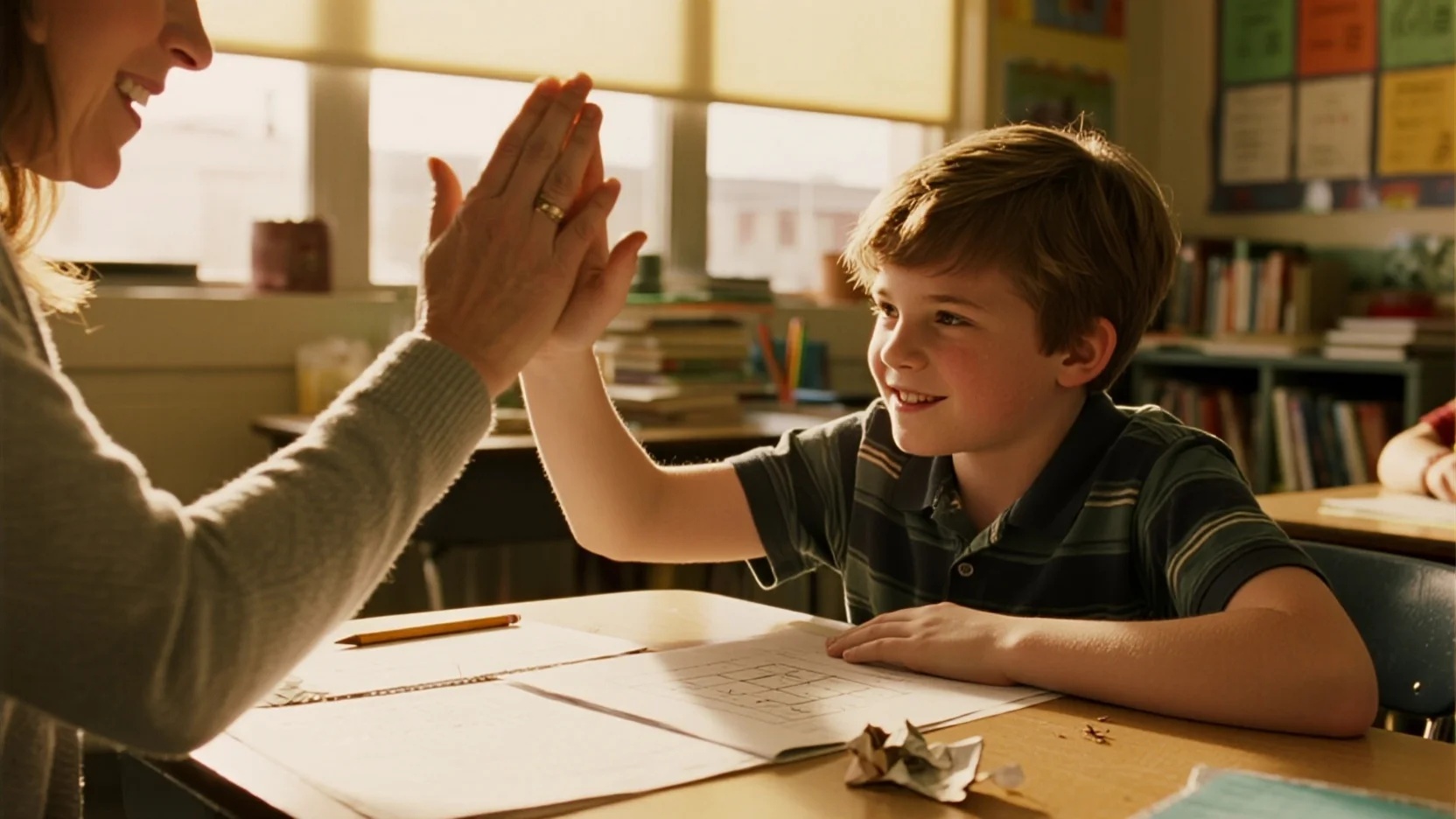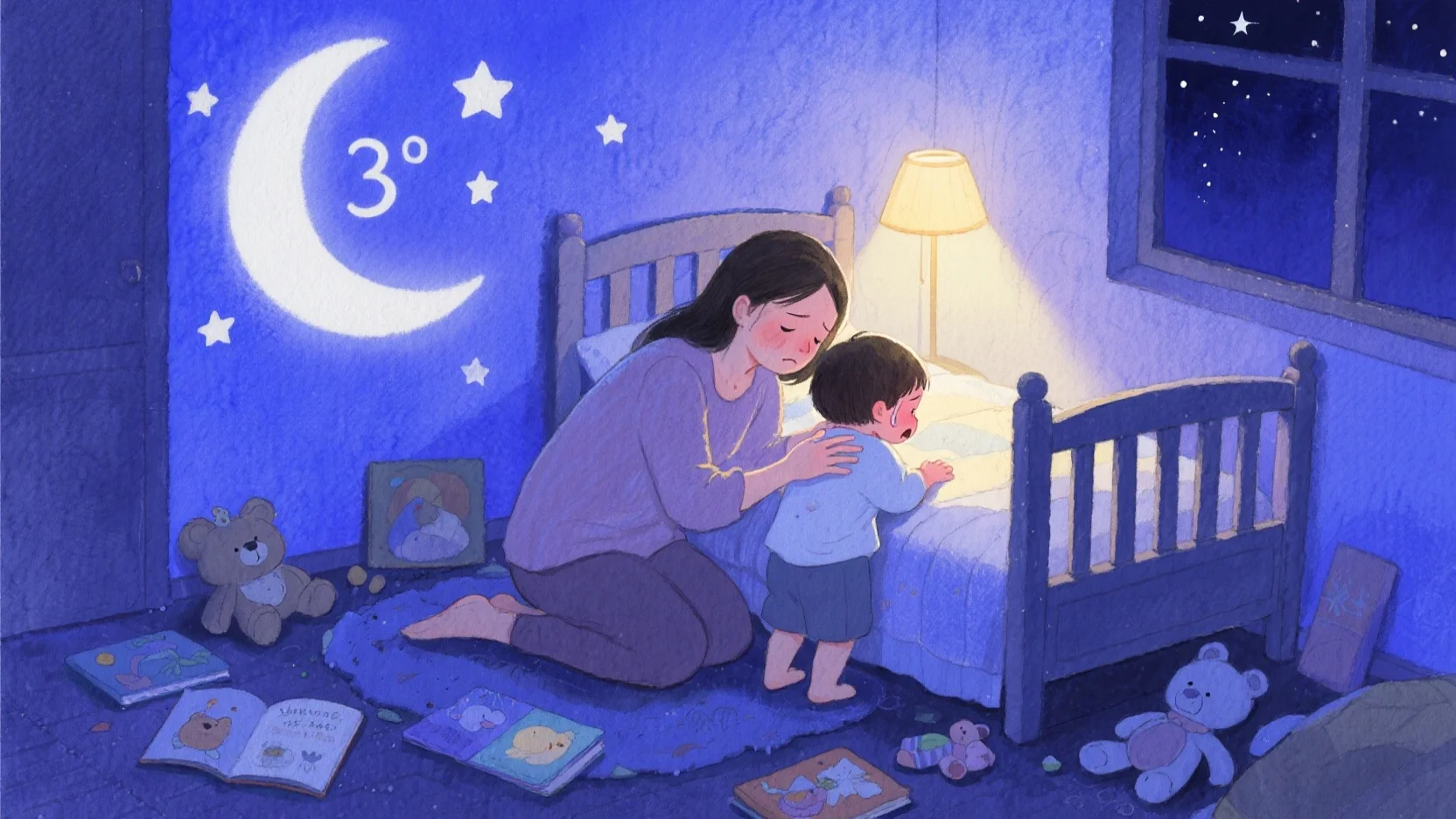Resilience isn’t just about surviving hardship—it’s the secret weapon that helps children thrivewhen faced with challenges. While some kids crumble under pressure, resilient children adapt, learn, and grow stronger. Here’s what sets them apart, and how you can nurture these qualities in your child.
1. The Power of One Caring Adult
Why It Matters:
Research shows that just one stable, supportive relationship—whether with a parent, teacher, coach, or mentor—can buffer a child against stress and trauma.
How Resilient Kids Benefit:
✔ Emotional Safety Net – They know they’re not alone, even in tough times.
✔ Confidence Boost – Encouragement from a trusted adult fuels their belief in themselves.
✔ Problem-Solving Skills – Supportive adults model how to navigate difficulties.
What You Can Do:
- •Be present and engaged—even small moments of connection (like a daily check-in) build trust.
- •Listen without rushing to fix problems—let them practice working through challenges.
2. The “Ordinary Magic” of Protective Factors
Resilience isn’t about being invincible—it’s about having everyday strengths that act as shock absorbers:
🔹 Self-Regulation – Managing emotions under stress.
🔹 Optimism – Believing things can improve.
🔹 Problem-Solving – Trying different approaches when stuck.
🔹 Strong Relationships – Having people to lean on.
Why This Works:
These traits don’t eliminate hardship—they help kids bounce back faster and learn from setbacks rather than being crushed by them.
How to Build These Traits:
- •Teach emotional vocabulary (“Are you feeling frustrated or disappointed?”)
- •Praise effort over results (“You worked so hard on that!”)
- •Encourage small risks (e.g., trying a new sport or speaking up in class).
3. Early Resilience = Long-Term Success
Studies tracking kids from early childhood to adolescence found that resilient toddlers often become:
📚 Stronger Students – Better reading/math scores and school engagement.
💡 Better Problem-Solvers – More creative in finding solutions.
❤️ Emotionally Healthier Teens – Less anxiety and depression.
Why?
Resilience isn’t fixed—it’s a skill that grows with practice. Kids who learn early how to cope with small struggles are better equipped for bigger ones later.
How to Encourage It Early:
✔ Let them experience safe struggles (e.g., a tough puzzle or losing a game).
✔ Normalize mistakes—say, “Oops! What can we learn from this?”
✔ Teach ”Yet” thinking: “I can’t do this… yet!”
4. Resilience Can Be Taught (It’s Not Just Inborn!)
Some kids are naturally more adaptable, but all children can learn resilience through:
✅ Modeling – Show how you handle stress calmly.
✅ Practice – Give them age-appropriate challenges.
✅ Support – Be their cheerleader, not their fixer.
Science-Backed Strategies:
- •Growth Mindset Training – Teaching kids that effort leads to improvement.
- •Emotional Coaching – Helping them name and manage feelings.
- •Controlled Challenges – Letting them face obstacles with guidance.
5. What Resilient Kids Do Differently
| When Facing Difficulty: | Less Resilient Kids | Resilient Kids |
|---|---|---|
| Response to Failure | “I give up!” | “What can I try next?” |
| View of Struggle | “This is too hard.” | “This is tough, but I’ll learn.” |
| Asking for Help | Either never asks or always depends on others | Knows when to seek support but tries first |
Key Takeaway:
Resilience isn’t about avoiding failure—it’s about rebounding stronger.
How to Raise a More Resilient Child
1. Stop Avoiding All Discomfort
- •Let them feel bored, frustrated, or disappointed sometimes.
- •Don’t rush to fix every problem—ask, “What do you think you could do?”
2. Teach Coping Skills
- •Breathing exercises for stress (“Smell the flower, blow out the candle”)
- •Positive self-talk (“I can do hard things!”)
3. Share Stories of Resilience
- •Books: “The Most Magnificent Thing”(failing before succeeding)
- •Family stories: “When I was little, I failed my math test but kept trying!”
4. Encourage Small Risks
- •Trying a new food
- •Speaking up in class
- •Joining a new activity
5. Normalize Mistakes
- •Celebrate “failures” as learning moments.
- •Say, “Mistakes mean you’re growing!”
Final Thought: Resilience is a Journey
Every child faces setbacks—but resilient kids don’t let those setbacks define them. With the right support, challenges become stepping stones, not stumbling blocks.








